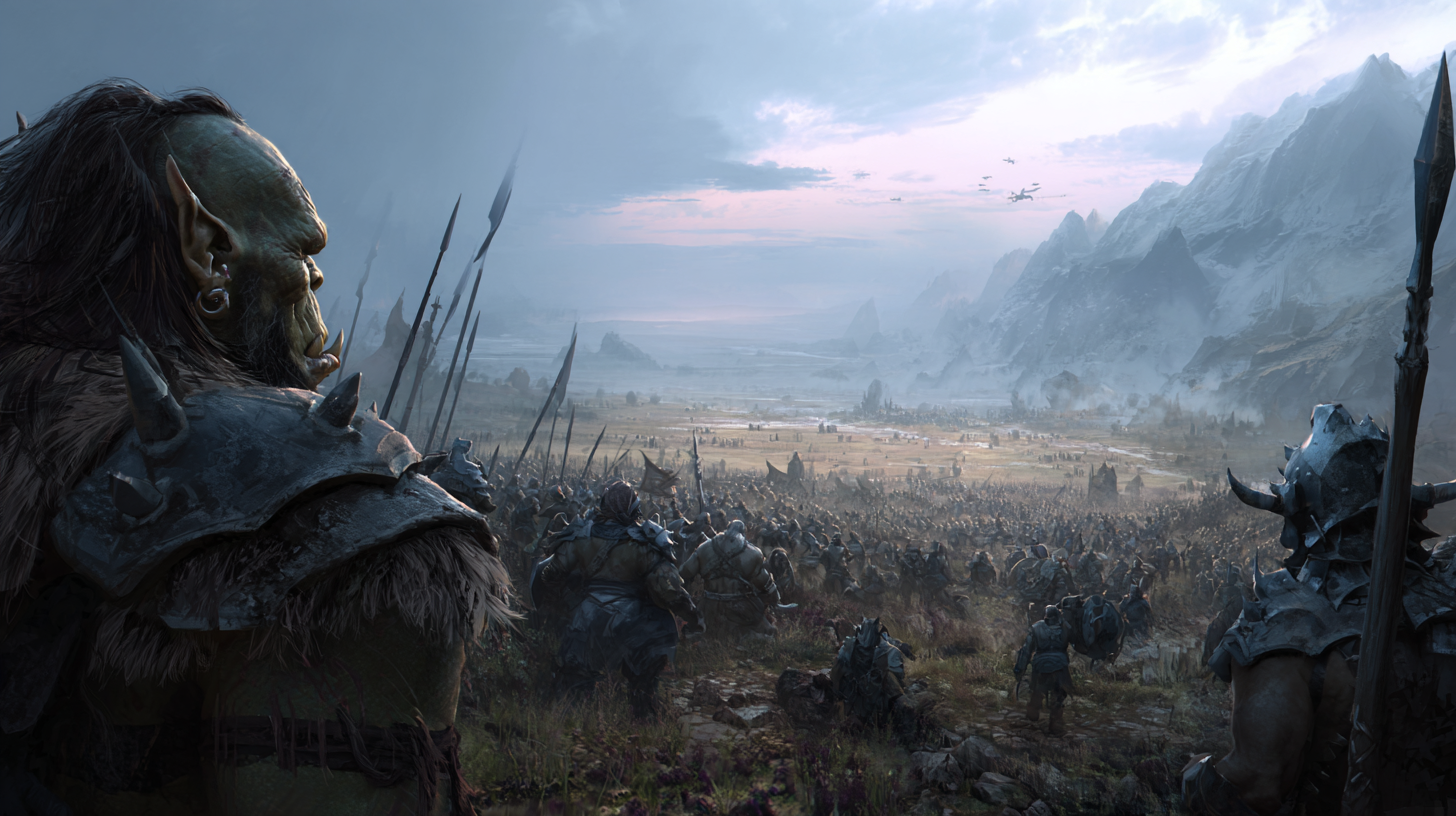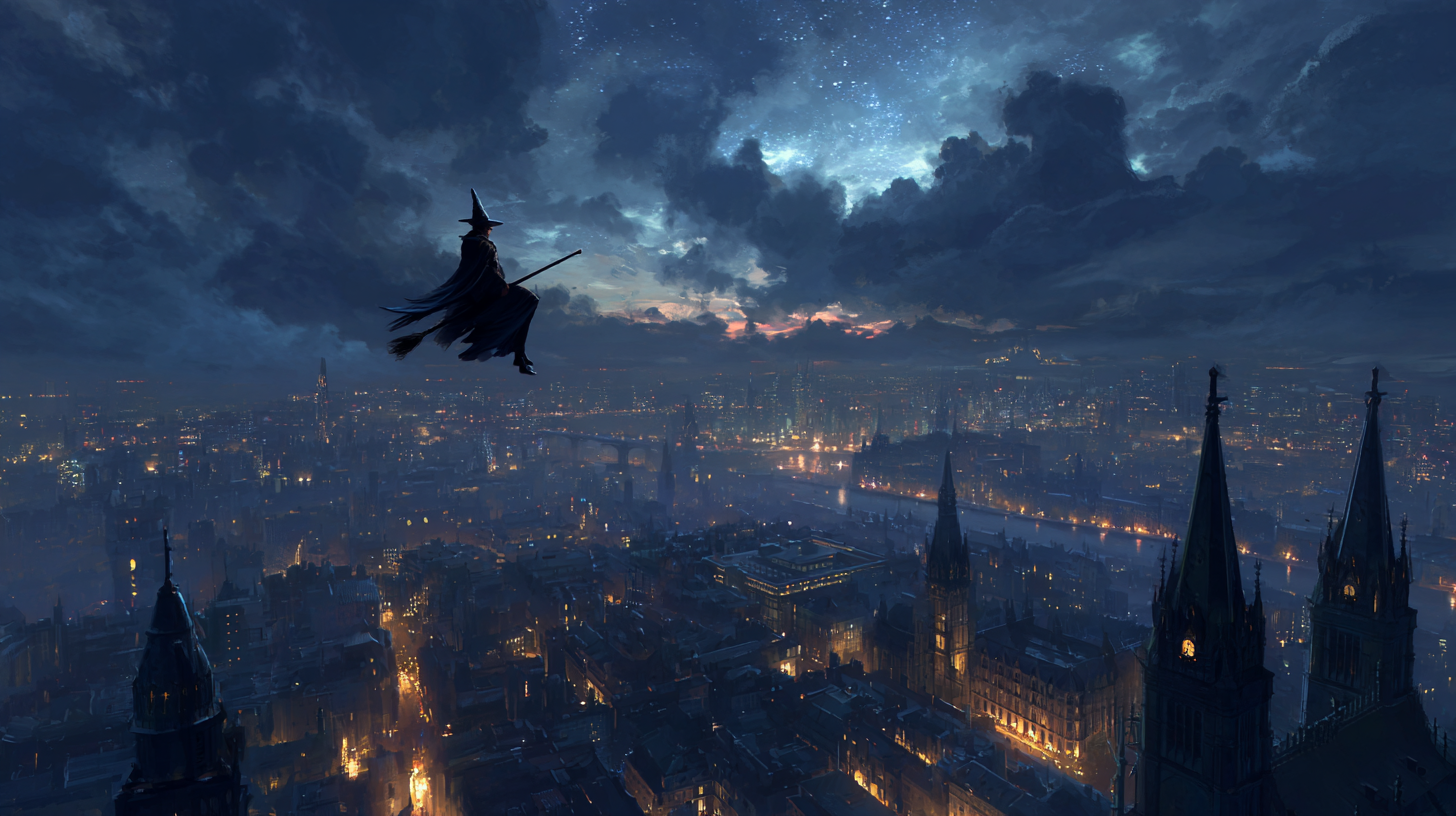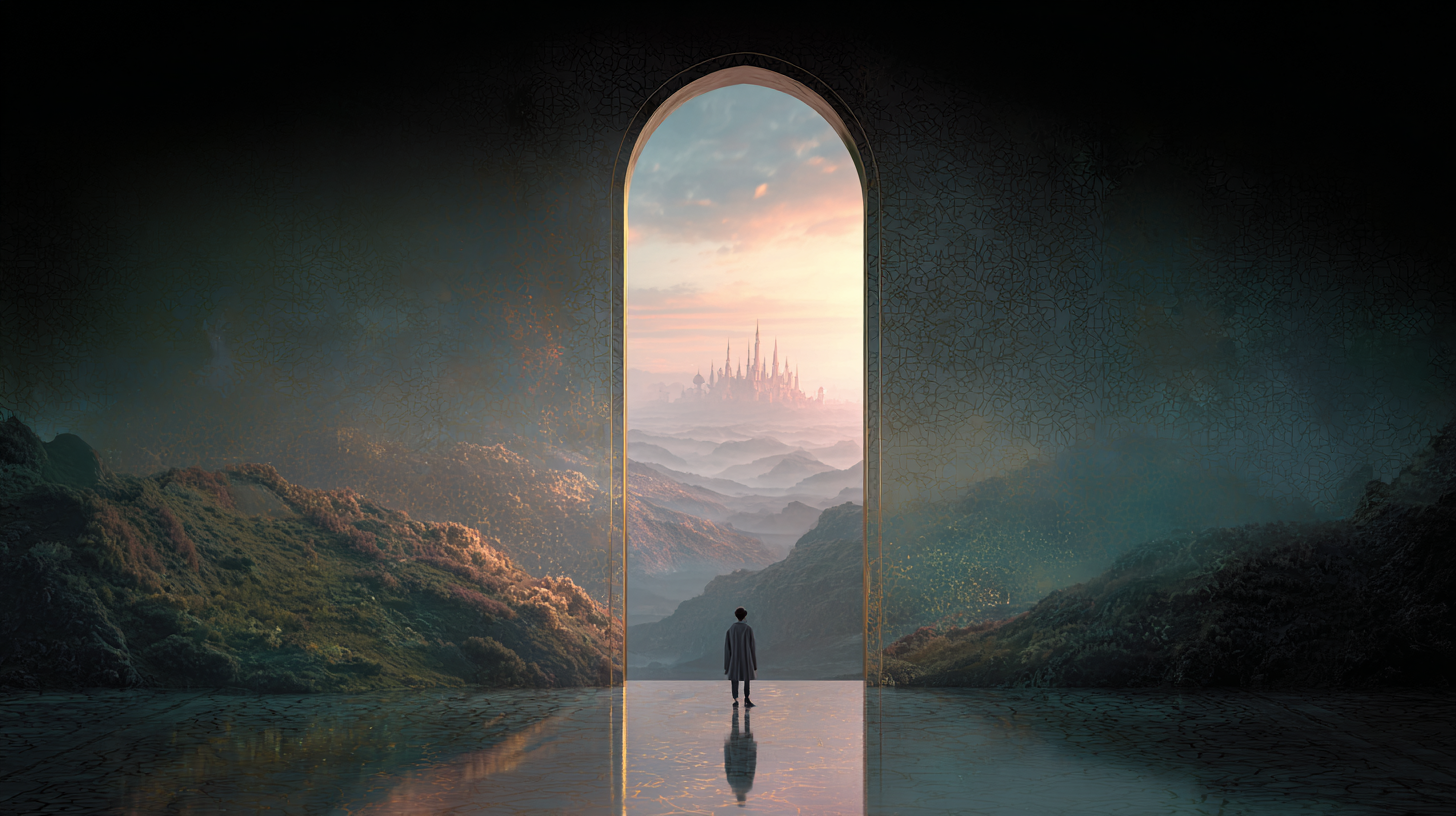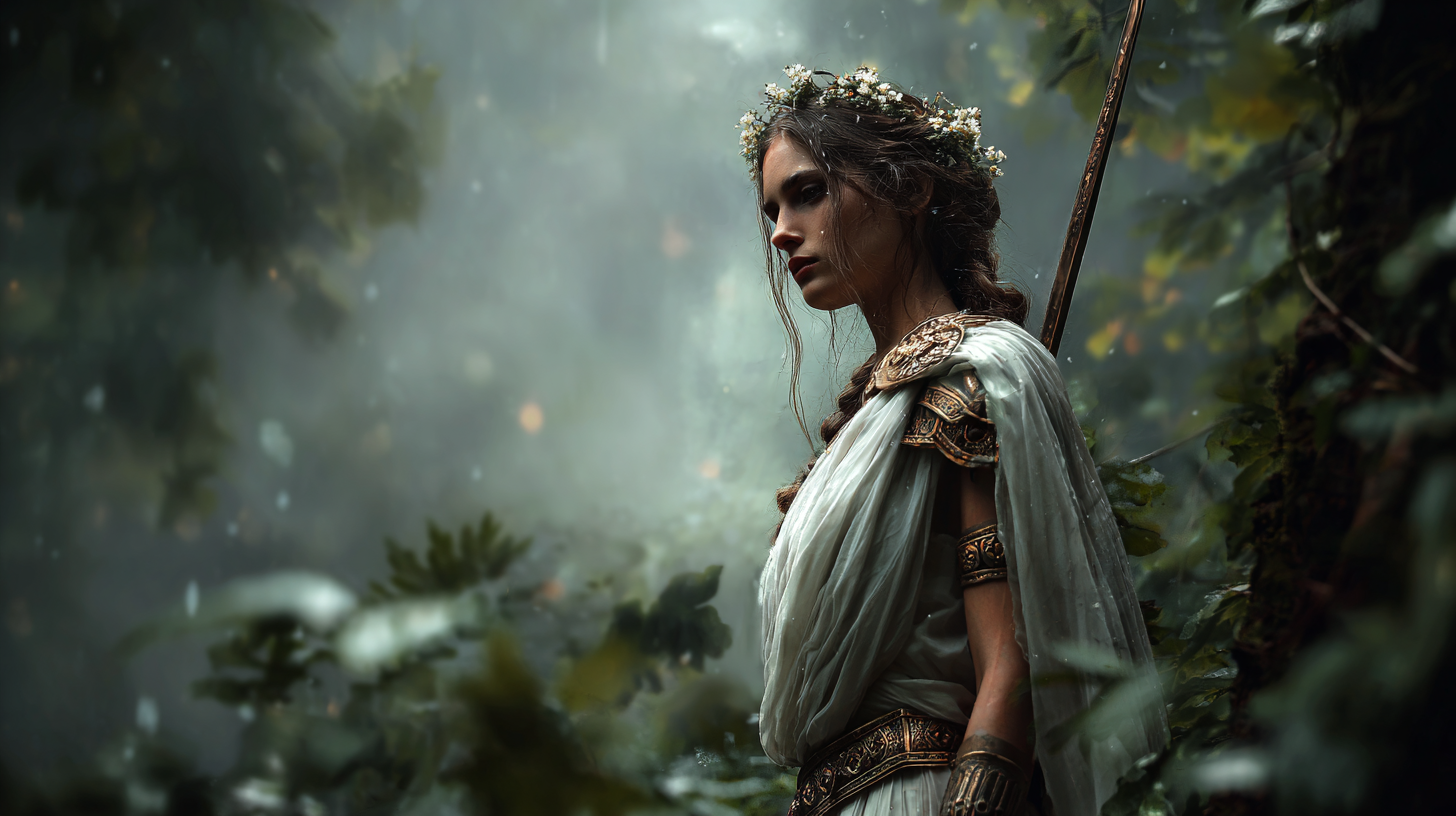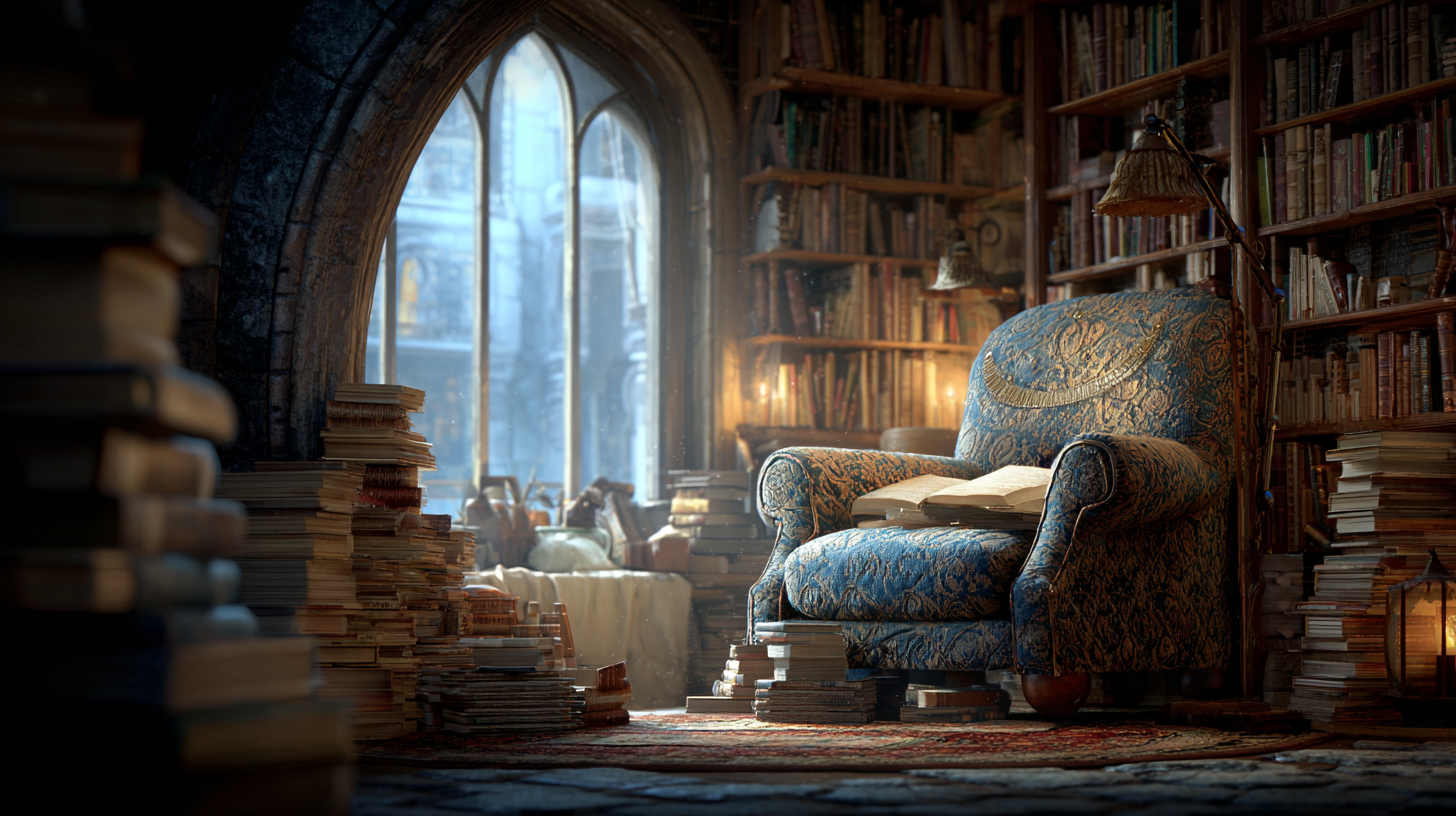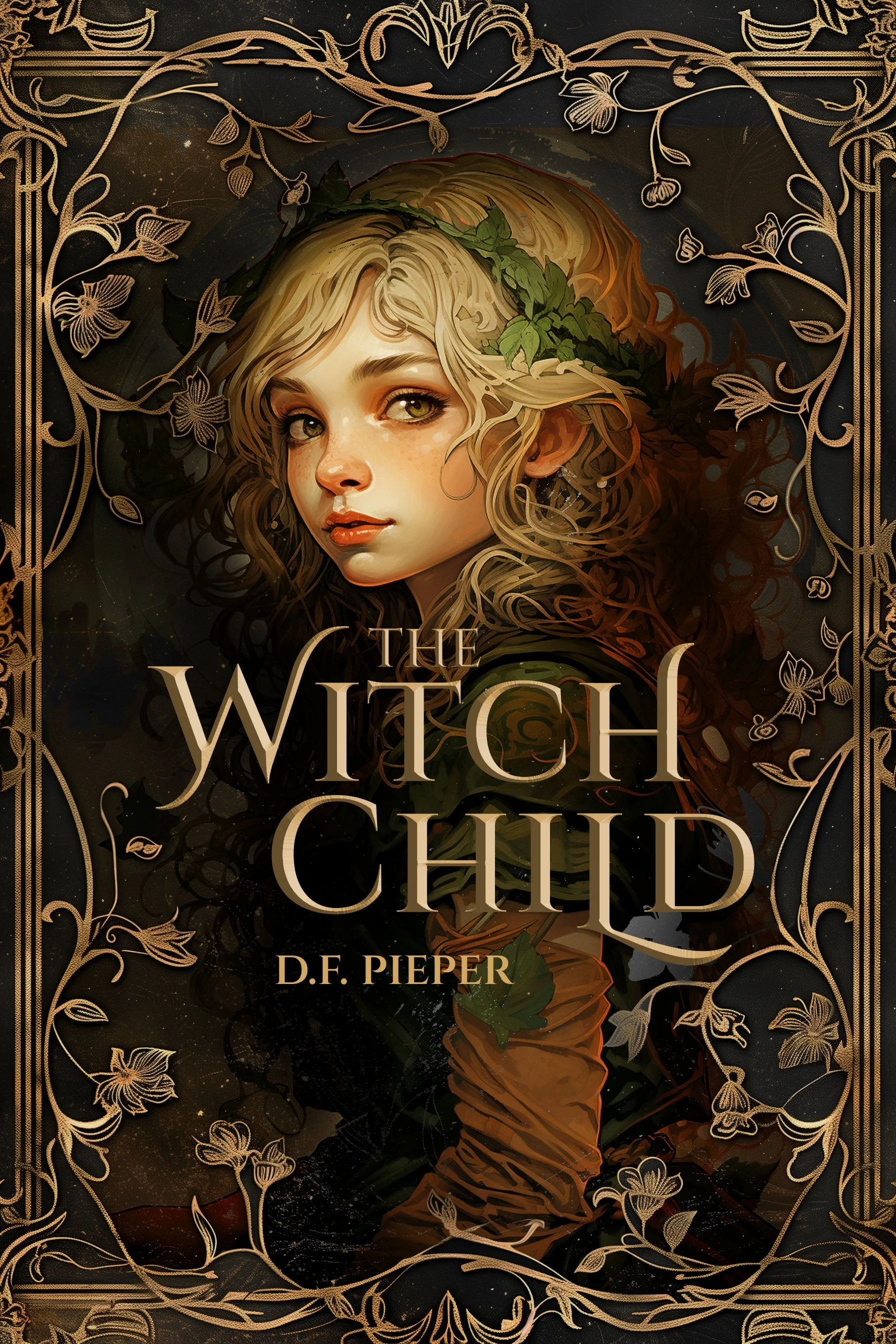What Are All the Different Fantasy Genres?
Fantasy literature is like a vast, enchanted forest where every path leads to a different magical realm. From the rolling hills of the Shire to the shadow-haunted streets of a gaslit city where vampires prowl, fantasy has evolved into dozens of distinct subgenres, each with its own flavor of wonder. Whether you're a seasoned fantasy reader or just dipping your toes into these magical waters, understanding the different types of fantasy can help you find your next great adventure.
Epic Worldbuilding: Secondary World Fantasy
These subgenres transport readers to entirely fictional worlds with their own geography, cultures, and magic systems.
High Fantasy: The Crown Jewel of Imagination
High fantasy is the Tolkien tradition—the gold standard that most people think of when they hear "fantasy." These are the stories set in completely fictional worlds with their own geography, languages, and magic systems. Think Middle-earth, Westeros, or the Wheel of Time's vast continent. High fantasy typically features epic quests, dark lords to defeat, and heroes discovering their true destinies while the fate of the world hangs in balance.
What sets high fantasy apart is its scope and ambition. These aren't just stories with magic sprinkled in—they're entirely constructed universes where magic is as fundamental as physics. The stakes are usually world-ending, the cast of characters sprawls across multiple continents, and the page count often requires its own workout routine to lift.
Epic Fantasy: Grand Scope, Grander Stakes
Epic fantasy is high fantasy's even more ambitious sibling. These are the doorstop novels and sprawling series that require family trees and glossaries to keep track of all the characters, places, and made-up words. "The Wheel of Time," "The Stormlight Archive," and "A Song of Ice and Fire" are prime examples.
Epic fantasy doesn't just tell a story—it chronicles entire ages. Multiple viewpoint characters, political intrigue spanning continents, and magic systems so complex they could be university courses are all hallmarks of the genre. These books are commitments, relationships you enter into knowing you'll be investing months or years of your life.
Sword and Sorcery: Pulp Adventure with Style
Born in the pulp magazines of the early 20th century, sword and sorcery focuses on individual heroes having personal adventures rather than world-saving quests. Conan the Barbarian is the quintessential example—a strong-thewed hero wielding a sword against sorcerers, monsters, and corrupt civilizations.
These stories are typically shorter and more action-packed than high fantasy, with protagonists who are more interested in personal gain, revenge, or survival than saving the world. The magic tends to be dangerous and unpredictable, often wielded by villains, while heroes rely more on steel, cunning, and brute strength.
Contemporary Settings: Fantasy Meets Reality
These subgenres bring magic into familiar, real-world settings—whether modern cities, historical periods, or our own world with a supernatural twist.
Urban Fantasy: Magic Meets the Modern World
Urban fantasy brings the supernatural into our contemporary world, usually focusing on hidden magical societies existing alongside mundane reality. Think Harry Dresden solving supernatural crimes in Chicago, or vampires running nightclubs in major cities. These stories often feature protagonists who straddle both worlds—maybe they're cops who deal with supernatural crimes, or witches working day jobs in corporate America.
The appeal of urban fantasy lies in its accessibility. Instead of learning entirely new worlds, readers can enjoy the familiar comfort of modern settings while discovering the magical secrets hidden in plain sight. Plus, there's something deliciously subversive about imagining that the barista at your local coffee shop might actually be a centuries-old fae creature.
Historical Fantasy: Magic in Real Settings
Historical fantasy sets magical stories in real historical periods and places. These might be alternate histories where magic changed the course of events, or hidden history stories where magic existed alongside recorded history. Examples include "Jonathan Strange & Mr Norrell" set in Napoleonic England, or stories that imagine witches secretly influencing medieval politics.
The challenge and appeal of historical fantasy lie in balancing historical accuracy with magical elements, creating believable worlds where magic could have existed without completely derailing known history. These stories often explore how supernatural forces might have shaped the events we read about in history books.
Portal Fantasy: Ordinary People, Extraordinary Worlds
Portal fantasy features characters from our world traveling to magical realms. From "Alice in Wonderland" to "The Chronicles of Narnia" to more modern takes like "The Ten Thousand Doors of January," these stories explore what happens when ordinary people encounter extraordinary worlds.
Portal fantasy often serves as the reader's introduction to fantasy, as the protagonist's fish-out-of-water experience mirrors the reader's own discovery of magical worlds. These stories frequently explore themes of belonging, growing up, and finding one's place between the mundane and magical worlds.
Tone and Atmosphere: From Light to Dark
These subgenres are defined by their emotional tone and the darkness or lightness of their approach to fantasy.
Cozy Fantasy: Comfort Food for the Soul
Cozy fantasy is the literary equivalent of a warm hug on a cold day. These stories feature magical worlds with low stakes, friendly characters, and gentle conflicts that resolve without bloodshed or world-ending doom. Think magical bakeries, witches who run tea shops, or dragons who prefer gardening to hoarding treasure.
This newer subgenre has gained popularity as readers seek comfort and escapism without the trauma and darkness that pervades much modern fantasy. Cozy fantasy proves that magic doesn't need to come with terrible prices or endless conflict to be engaging and wonderful.
Dark Fantasy: Where Horror Meets Wonder
Dark fantasy is fantasy's moody, black-eyeliner-wearing cousin. These stories embrace the shadowy side of magic, featuring morally ambiguous characters, horrific creatures, and worlds where hope is hard to come by. Think of works like "The Witcher" series, where monsters are real and the heroes are just as likely to be cursed as blessed.
Dark fantasy doesn't shy away from the consequences of magic. Spells come with terrible prices, power corrupts absolutely, and happy endings are earned through blood and sacrifice—if they come at all. These stories often explore themes of corruption, redemption, and the thin line between heroism and monstrosity.
Grimdark: No Heroes, Only Survivors
Grimdark fantasy embraces moral ambiguity and rejects traditional heroic narratives. In these stories, there are no clear heroes or villains—only people trying to survive in harsh, unforgiving worlds. Characters make terrible choices for understandable reasons, and victory often comes at costs that make you question if it was worth it.
Authors like Joe Abercrombie and Mark Lawrence have popularized this subgenre, creating stories where traditional fantasy tropes are subverted or deconstructed. Magic exists, but it's usually corrupting or comes with terrible prices. Honor is a luxury most can't afford.
Mythology and Folklore: Reimagining the Old Stories
These subgenres draw from existing mythological, folkloric, and fairy tale traditions to create new stories or fresh perspectives on ancient ones.
Mythic Fantasy: Ancient Stories, Modern Tellings
Mythic fantasy draws directly from world mythologies, either retelling classic myths or creating new stories within established mythological frameworks. Rick Riordan's Percy Jackson series, Neil Gaiman's "American Gods," or Madeline Miller's "Circe" all fall into this category.
These stories offer the comfort of familiar mythological figures while exploring them through contemporary lenses. They often examine how ancient powers and stories might manifest in modern times, or provide fresh perspectives on classic tales that have been passed down through generations.
Fairy Tale Fantasy: Reimagined Wonder
Fairy tale fantasy takes classic folk and fairy tales and reimagines them for modern audiences. These might be darker retellings that explore the psychological depths of familiar stories, or fresh takes that flip traditional narratives on their heads. Think "Spinning Silver" by Naomi Novik or "The Bear and the Nightingale" by Katherine Arden.
These stories tap into the deep familiarity of tales we've known since childhood while offering sophisticated explorations of their themes. They often examine the original darkness that Disney sanitized out of these stories, or provide agency to characters who were traditionally passive.
Romance-Focused Fantasy
These subgenres place romantic relationships at the center of the magical narrative, though they differ in their specific focus.
Paranormal Fantasy: Romance with a Supernatural Twist
Paranormal fantasy puts romantic relationships at the center of supernatural stories. Vampires, werewolves, fallen angels, and other supernatural beings make for compelling love interests with built-in conflict and exotic appeal. These stories often feature the tension between human and supernatural worlds, with romance serving as the bridge between them.
The paranormal fantasy boom of the 2000s brought us everything from sparkly vampires to alpha werewolves, proving that readers love their fantasy with a healthy dose of romantic tension and supernatural attractiveness.
Romantic Fantasy: Love Conquers All (With Magic)
Romantic fantasy places love stories at the heart of magical adventures. Unlike paranormal fantasy which focuses on supernatural beings as love interests, romantic fantasy can feature entirely human characters in magical worlds falling in love while facing epic challenges. Sarah J. Maas and Jennifer L. Armentrout are popular authors in this space.
These stories prove that you can have world-ending stakes and complex magic systems while still prioritizing romantic relationships and emotional development. They often feature strong romantic tension, multiple potential love interests, and relationships that grow stronger through shared magical adventures.
Finding Your Fantasy Home
The beauty of fantasy's diversity is that there's something for everyone. Love romance? Try paranormal or romantic fantasy. Prefer gritty realism? Grimdark might be your speed. Want to escape completely? High or epic fantasy awaits. Curious about magic in familiar settings? Urban or historical fantasy could be perfect. Need some comfort? Cozy fantasy is there for you.
Many readers enjoy multiple subgenres, and many books blend elements from different categories. The boundaries between subgenres are fluid and constantly evolving as authors experiment with new combinations and approaches. What matters most isn't categorizing everything perfectly, but finding the stories that speak to your imagination and fill your particular need for wonder, adventure, romance, or comfort.
The fantasy genre continues to expand and evolve, with new subgenres emerging as authors explore fresh ways to create magic on the page. From the traditional comfort of high fantasy to the gentle warmth of cozy fantasy, from the romance of fairy tale retellings to the darkness of grimdark, fantasy offers infinite possibilities for every mood and preference.
So grab a book, open your mind to wonder, and step through the doorway into whatever magical realm calls to you. The only rule in fantasy is that there are no rules—only stories waiting to transport you to worlds where magic is real and anything is possible.
Free Short Story
Download an ebook of The Witch Child for free when you sign up for my newsletter


